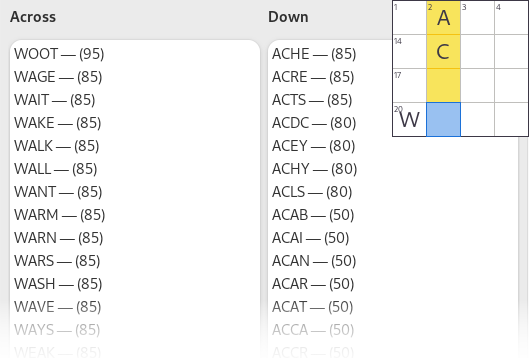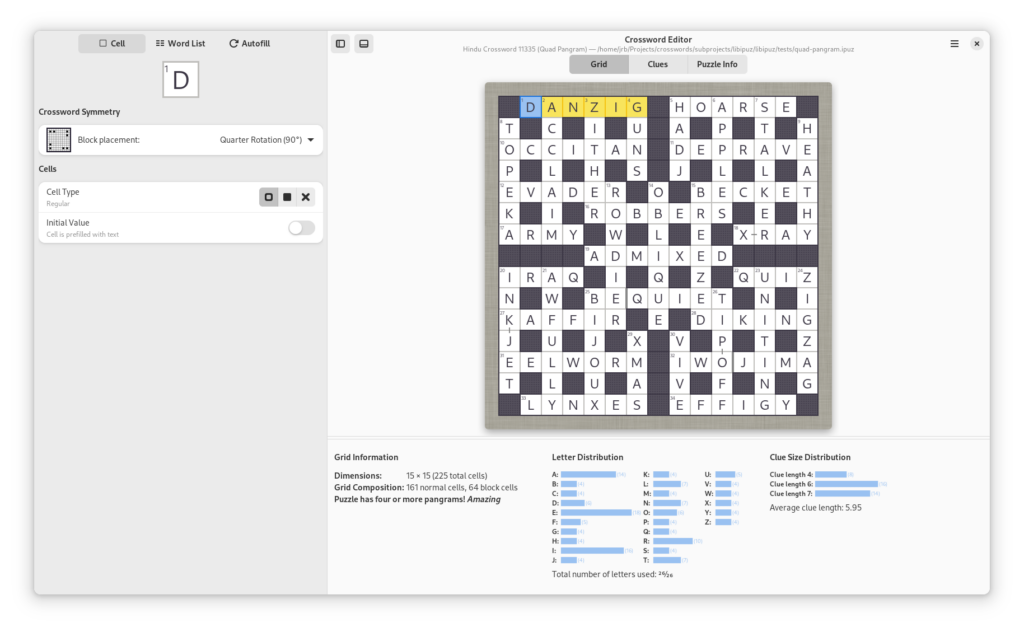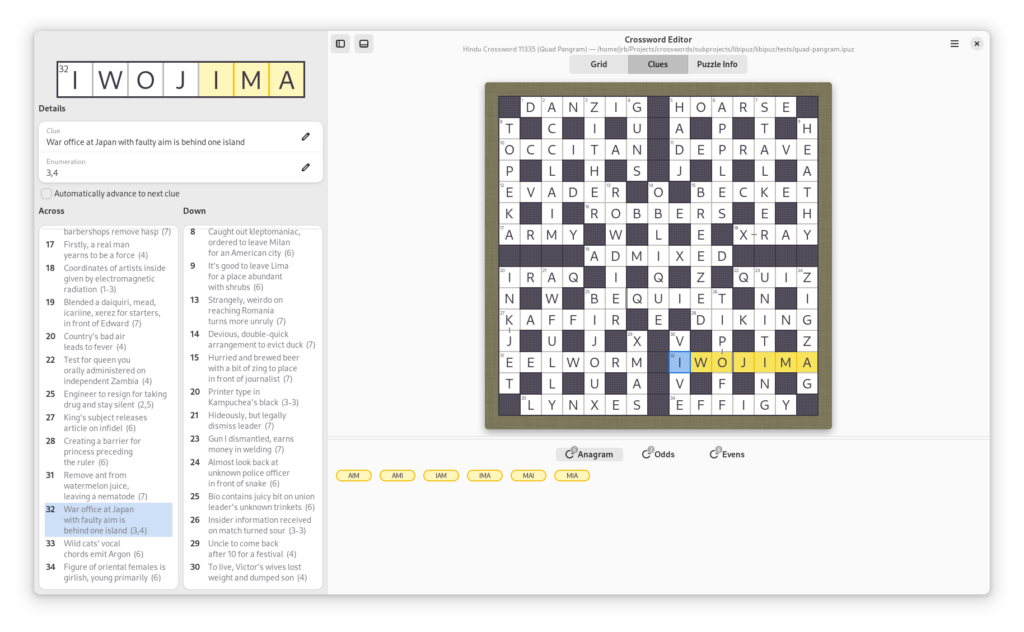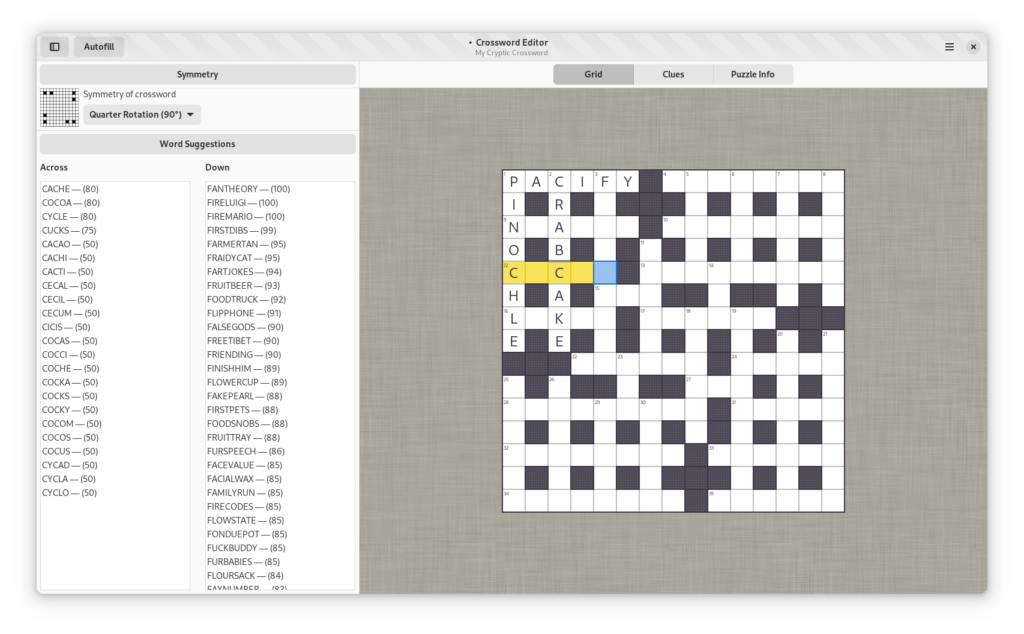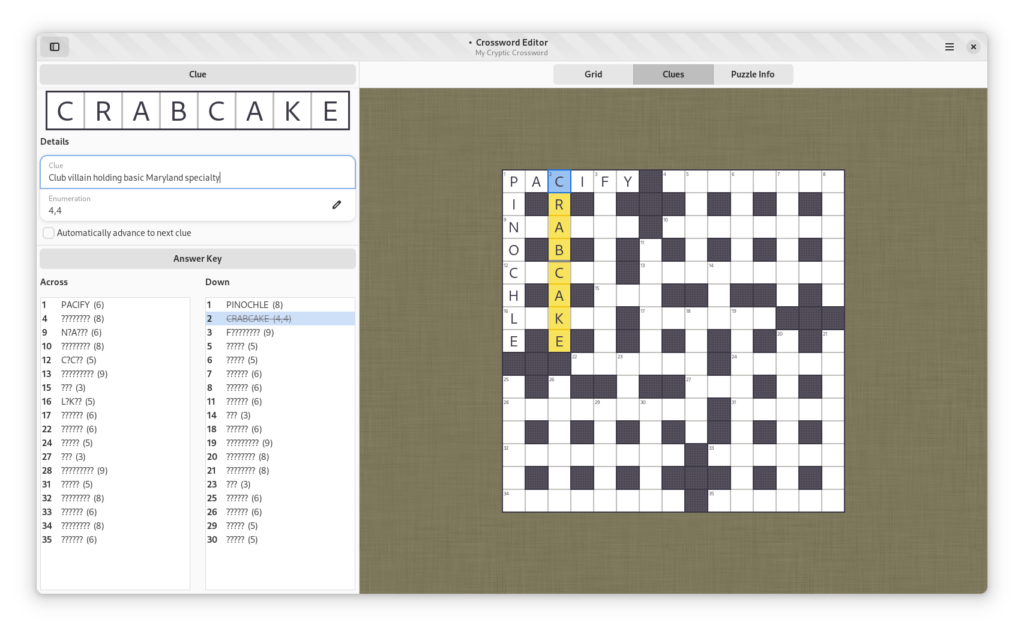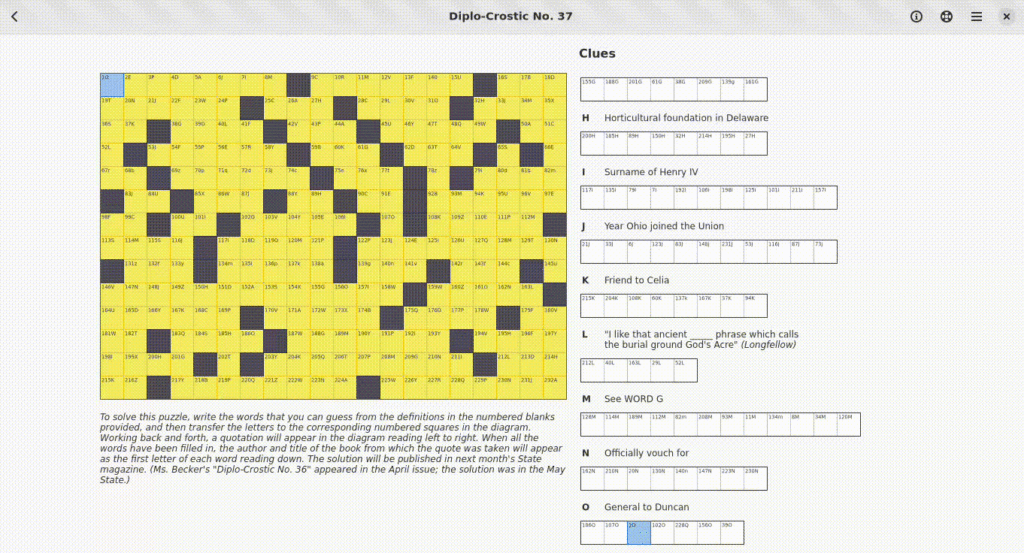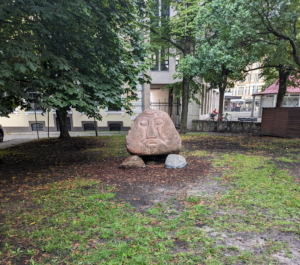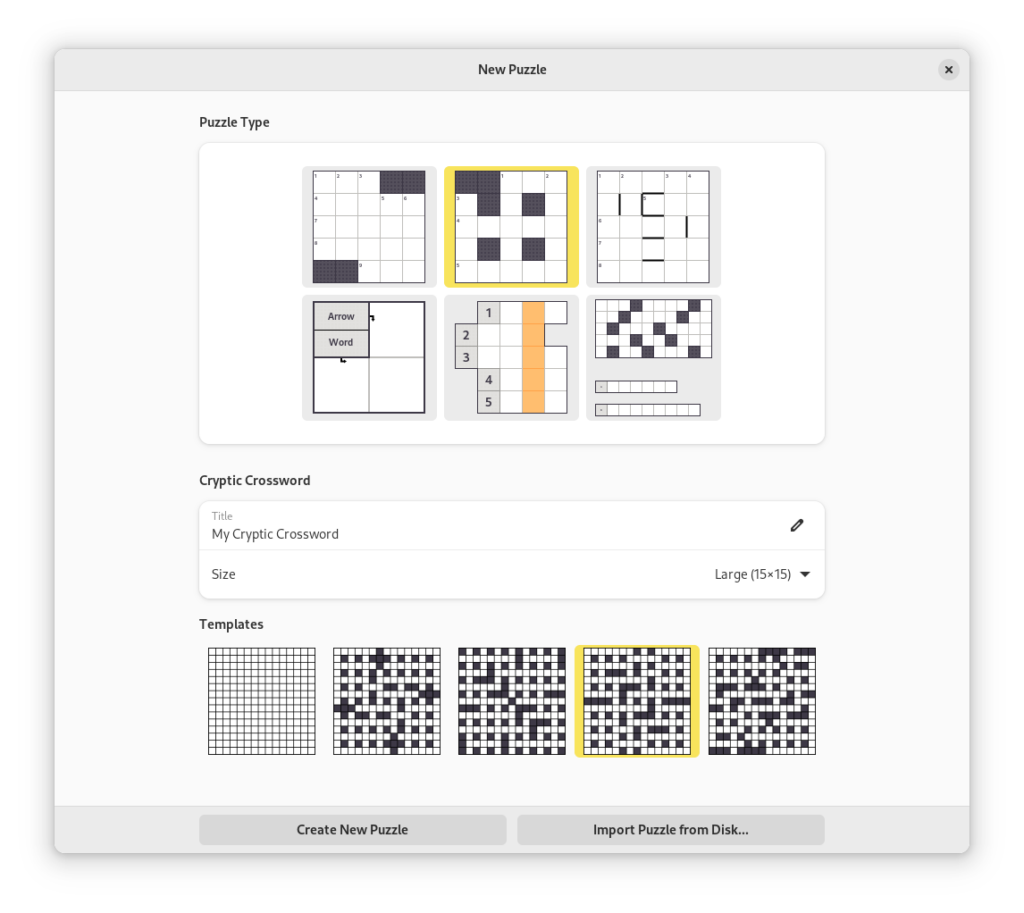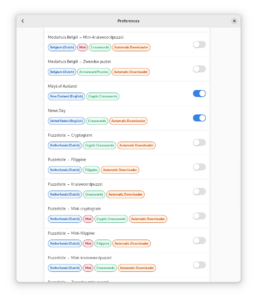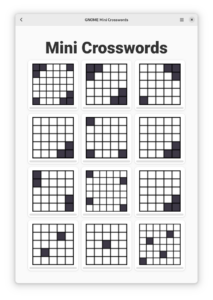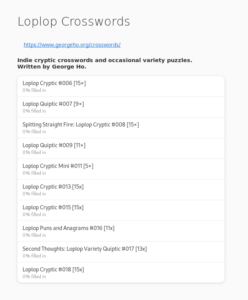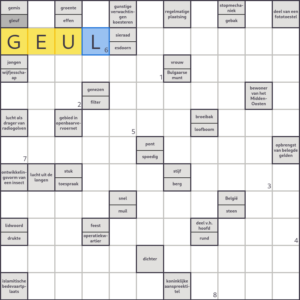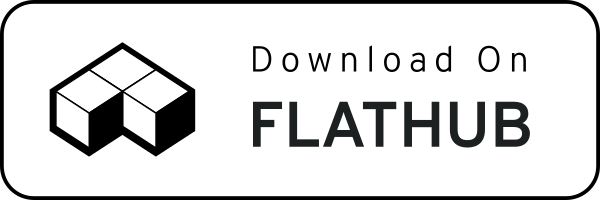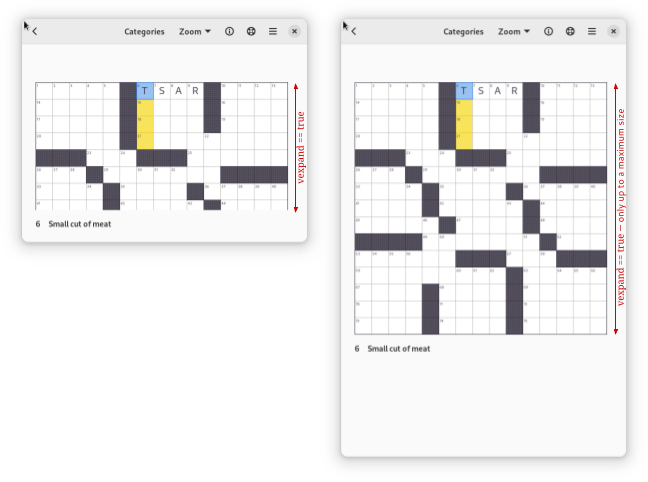It’s summer, which means its time for GSoC/Outreachy. This is the third year the Crosswords team is participating, and it has been fantastic. We had a noticeably large number of really strong candidates who showed up and wrote high-quality submissions — significantly more than previous years. There were a more candidates then we could handle, and it was a shame to have to turn some down.
In the end, Tanmay, Federico, and I got together and decided to stretch ourselves and accept three interns for the summer: Nancy, Toluwaleke, and Victor. They will be working on word lists, printing, and overlays respectively, and I’m so thrilled to have them helping out.
A result of this is that there will be a larger number of Crossword posts on planet.gnome.org this summer. I hope everyone is okay with that, and encourages them so they stay involved with GNOME and Free Software.
Release
This last release was mostly a bugfix release. The intern candidates outdid themselves this year by fixing a large number of bugs — so many that I’m releasing this to get them to users. Some highlights:
- Mahmoud added an open dialog to the game and got auto-download of puzzles working. He also created an arabic .ipuz file to test with which revealed quite a few rendering bugs.
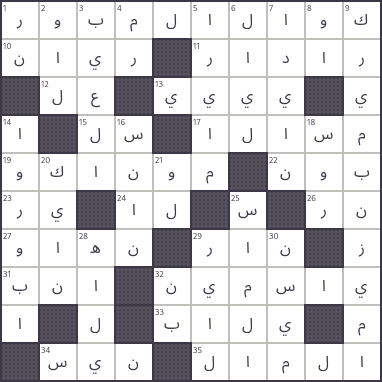
- Toluwaleke refined the selection code. This was accidentally marked as a newcomer issue, and was absolutely not supposed to be. Nevertheless, he nailed it and has left selection in a much healthier state.
- [ It’s worth highlighting that the initial MR for this issue is a masterclass in contributions, and one of the best MRs I’ve ever received. If you’re a potential GSoC intern, you could learn a lot from reading it. ]
- Victor fixed divided cells and a number of small behavior bugs. He also did methodical research into other crossword editors.
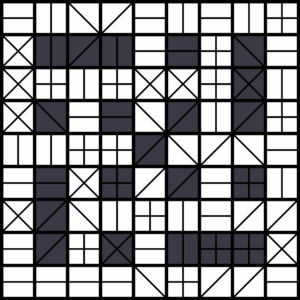
- Patel and Soham contributed visual improvements for barred and acrostic puzzles
In addition, GSoC-alum Tanmay has kept plugging on his Acrostic editor. It’s gotten a lot more sophisticated, and for the first time we’re including it in the stable build (albeit as a Beta). This version can be used to create a simple acrostic puzzle. I’ll let Tanmay post about it in the coming days.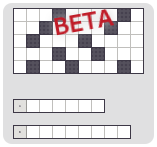
Coordinates
Specs are hard, especially for file formats. We made an unfortunate discovery about the ipuz spec this cycle. The spec uses a coordinate system to refer to cells in a puzzle — but does not define what the coordinate system means. It provides an example with the upper left corner being (0,0) and that’s intuitively a normal addressing system. However, they refer to (ROW1, COL1) in the spec, and there are a few examples in the spec that start the upper left at (1, 1).
When we ran across this issue while writing libipuz we tried a few puzzles in puzzazz (the original implementation) to confirm that (0,0) was the intended origin coordinate. However, we have run across some implementations and puzzles in the wild starting at (1,1). This is going to be pretty painful to untangle, as they two interpretations are largely incompatible. We have a plan to detect the coordinate system being used, but it’ll be a rough heuristic at best until the spec gets clarified and revamped.
By the Numbers
With this release, I took a step back and took stock of my little project. The recent releases have seemed pretty substantial, and it’s worth doing a little introspection. As of this release, we’ve reached:
- 85KLOC total. 60KLOC in the app and 25KLOC in the library
- 27K words of design docs (development guide)
- 126 distinct test cases
- 33 different contributors. I’m now at 82% of the commits and dropping
- 6 translations (and hopefully many more some day)
- Over 100 unencumbered puzzles in the base puzzle sets. This number needs to grow.
All in all, not too shabby, and not so little anymore.
A Final Request
Crosswords has an official flatpak, an unofficial snap, and Fedora and Arch packages. People have built it on Macs, and there’s even an APK that exists. However, there’s still no Debian package. That distro is not my world: I’m hoping someone out there will be inspired to package this project for us.






